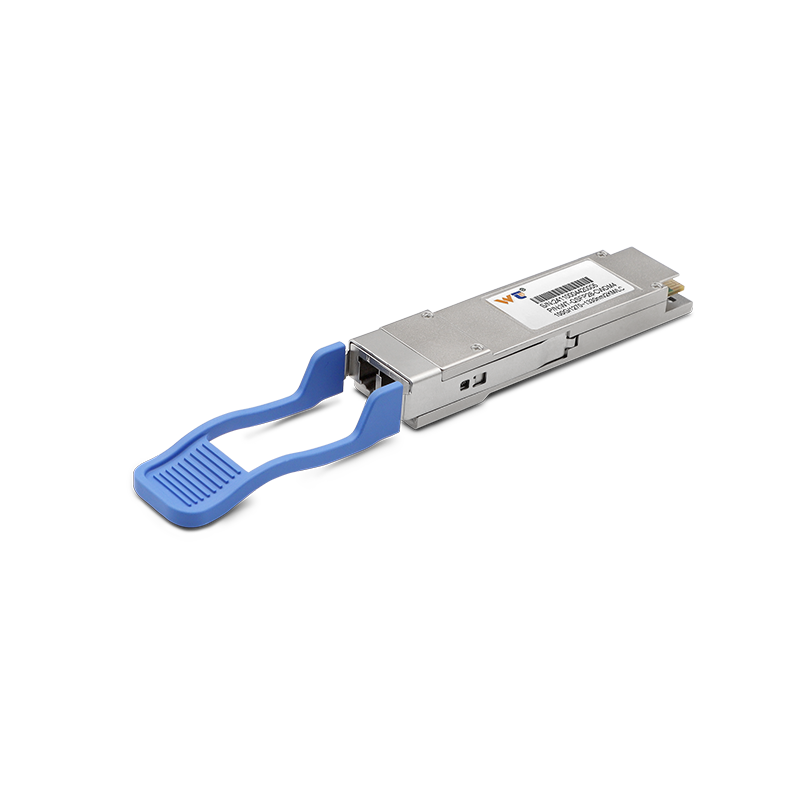The optical communication industry is undergoing transformative changes, driven by the relentless demand for faster, more reliable data transmission. In the year 2025, we can expect railway transit networks to embrace 100G optical modules as a cornerstone technology, allowing for near-instantaneous signal transmission across vast distances. This evolution is not just about speed; it encapsulates a shift towards ensuring safety and reliability in essential public transportation infrastructure.
Optical modules, particularly those operating at 100G and upwards, are pivotal in global communication. The market is witnessing growth due to the increasing demands for high bandwidth and low latency. As industries pivot towards digital transformation, the railway sector recognizes the critical role of robust data transmission systems. It is essential to understand that the market for optical modules is projected to reach an astounding value of approximately $6 billion by 2025, driven by advancements in technology and an expanding array of applications.
To gain a clearer understanding of the technology, here's a comprehensive overview of 100G optical modules and their functions:
| Feature | Description |
|---|---|
| Data Rate | Capable of transmitting data at 100 Gbps |
| Transmission Distance | Ranges from 10 km to over 100 km, depending on the medium |
| Interface Standard | Complies with IEEE 802.3ba standards |
| Form Factor | Available in SFP28, QSFP28, and CFP2 formats |
| Application Areas | Data centers, telecom networks, and increasingly, rail transit systems |
Our research and development of optical modules have led to significant advancements in their application within rail transit networks. For instance, 100G optical modules play a crucial role in preventing signal degradation over long distances, which is vital for real-time communication between trains and operational centers. These modules are equipped to handle diverse environmental conditions, enhancing resilience and operational uptime. They also significantly reduce the risk of data loss, thereby reinforcing the safety protocols during train operations.
In rail environments, optical modules can facilitate various functions. Real-time monitoring systems utilize 100G modules to transfer critical data regarding train status and track conditions back to control centers. This bidirectional communication ensures that any potential issues are flagged immediately, thus mitigating risks and improving passenger safety. Moreover, passenger information systems that deliver real-time updates on train schedules and service alerts also rely heavily on the high-speed capabilities of these optical modules. Furthermore, integrating advanced sensors with these modules enhances predictive maintenance, allowing rail companies to address potential mechanical failures before they occur.
Exploring the types of optical modules, we note several varieties that cater to specific needs within rail transit networks. These include SFP28 modules for standard applications, offering reliable performance at lower costs, and QSFP28 modules that pack more functionality into a compact design. The CFP2 modules, while slightly larger, are engineered for ultra-high-speed applications, making them suitable for environments that demand maximum data throughput with minimal latency.
As we move towards 2025, various networking scenarios for rail systems will emerge, powered by optical module technology. For instance, cities developing smart rail systems will implement optical networks that connect real-time data streams from multiple sources, including onboard sensors, station interfaces, and operational dashboards. A case study showcasing rail systems in metropolitan areas illustrates how these technologies reduce traffic delays by communicating data instantly between trains and agile control centers.
The optical modules offered on our website have undergone rigorous quality testing, ensuring superior performance across diverse application scenarios. Be it for high-speed data transmission or long-distance communication, our optical modules are engineered to meet your needs and exceed your expectations. With compliance to international standards, we offer products that stand the test of time, assuring reliability and high performance every single day.
To conclude, as railway transit networks increasingly integrate technologies that prioritize speed and reliability, 100G optical modules stand at the forefront of this evolution. This transformation not only enhances operational efficiency but also ensures a safer, more connected public transportation system. As these advancements materialize, the implications for safety and reliability in signal transmission will become even more pronounced. The railway sector is on the verge of a technological renaissance, and optical communication is leading the charge.






